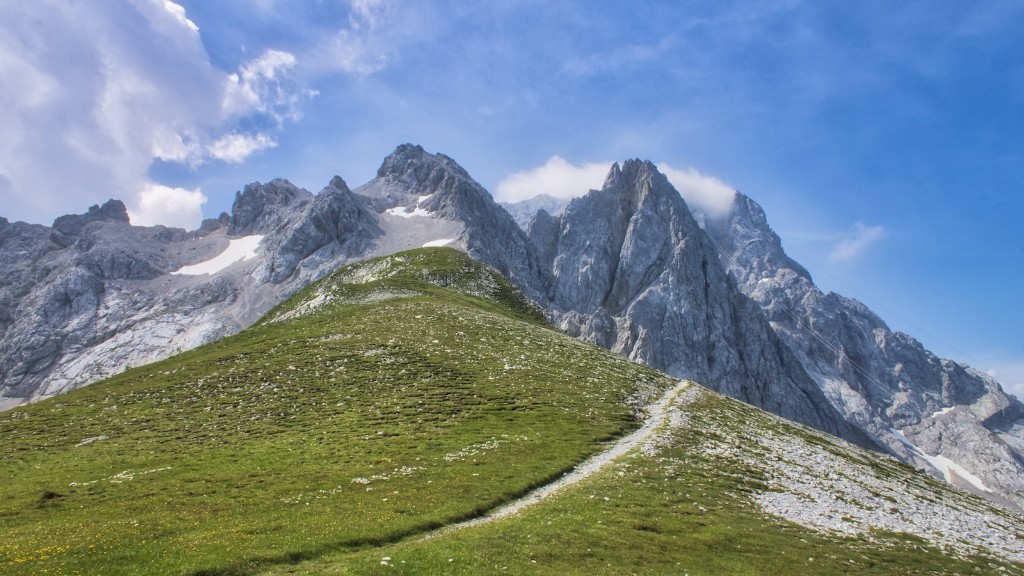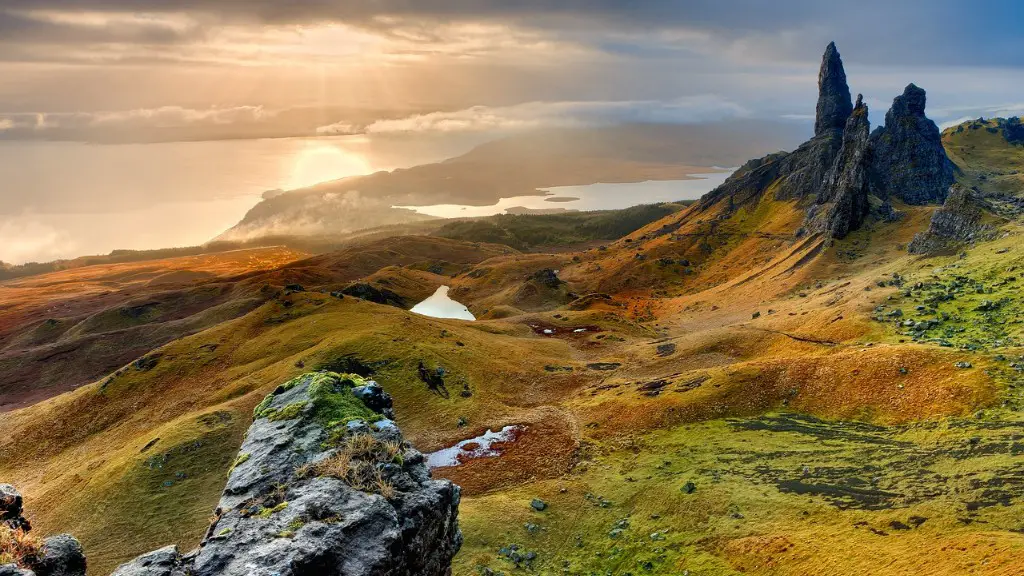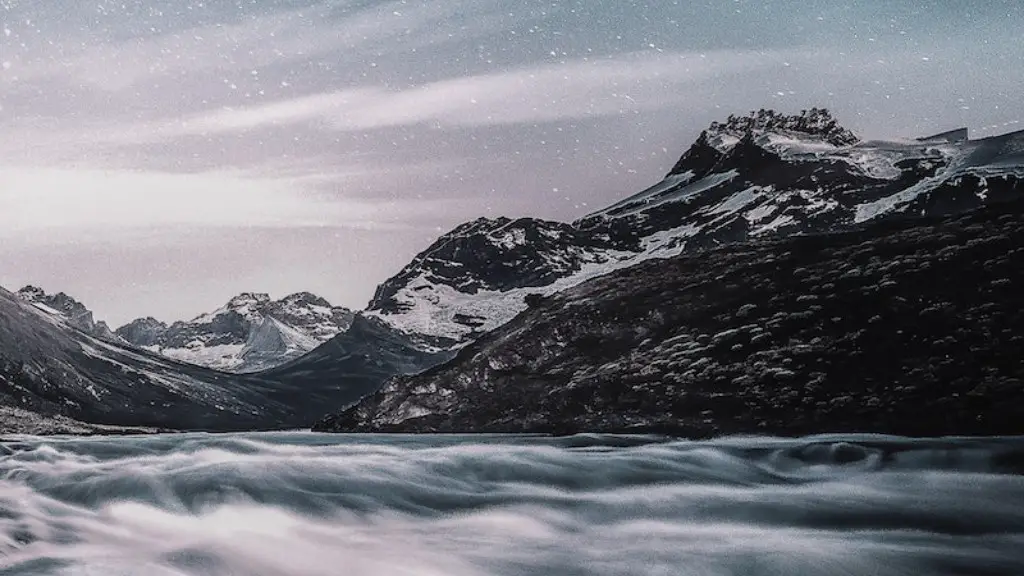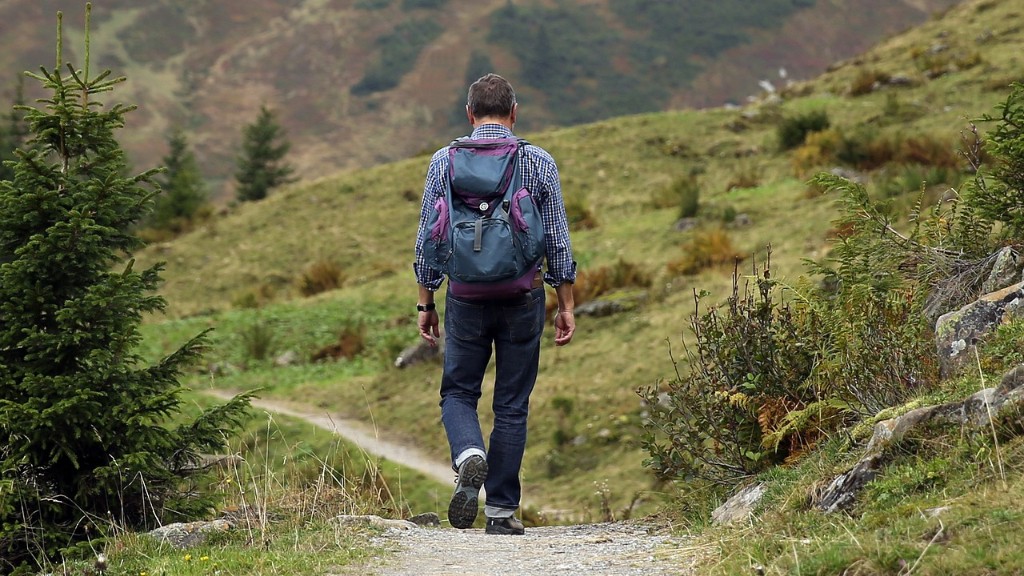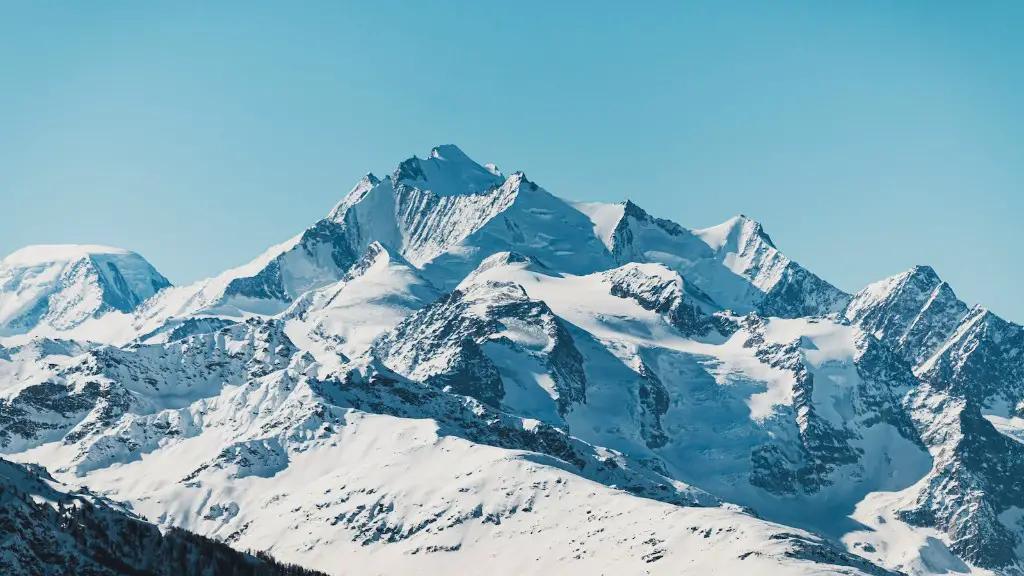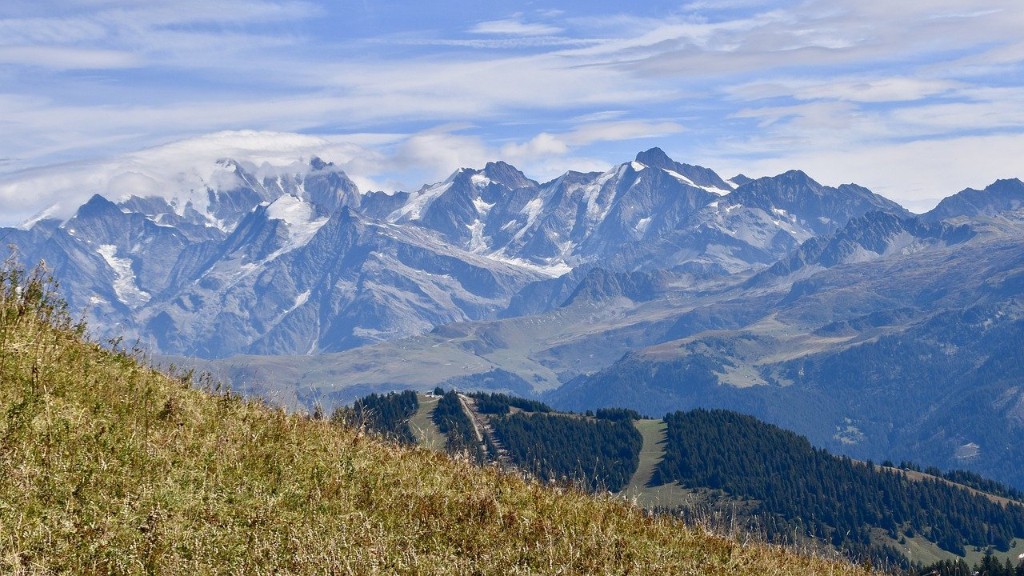Mount Everest, the world’s tallest mountain, is located in the Mahalangur Himal sub-range of the Himalayas. The international border between China and Nepal runs across the precise summit point. Mount Everest attracts many highly experienced mountaineers as well as novice climbers who want to tackle the world’s highest peak.
Since the first recorded summit by Sir Edmund Hillary and Tenzing Norgay in 1953, there have been over 8,000 ascents of Mount Everest by more than 4,000 individuals. While the mountain has claimed the lives of over 280 climbers, the number of fatalities has been increasing in recent years as the number of climbers has risen. There were 11 deaths on the mountain in 2006, compared to just one death in 1990.
According to the National Geographic, there have been over 296 deaths on Mount Everest as of 2012.
What is the biggest killer on Mount Everest?
Most fatalities on Everest this year were due to acute mountain sickness (AMS), or exhaustion, one of the main effects of AMS. Breathing becomes difficult because the body isn’t able to take in as much oxygen. Other symptoms include nausea and vomiting, headaches, dizziness and shortness of breath.
It’s been a tough year on the world’s tallest mountains, with six climbers losing their lives on Everest and the other eight-thousanders. We’ll take a closer look at what happened later, but first, let’s take a moment to remember those who lost their lives in the pursuit of their mountaineering dreams.
What was the deadliest year on Everest
The 1996 Mount Everest disaster occurred on 10–11 May 1996, when eight climbers caught in a blizzard died on Mount Everest, the world’s highest mountain. The climbers were attempting to descend from the summit after having reached it on the 10th. Five of the climbers died within 100 metres (330 ft) of their final camp at the South Col. Three of the bodies have never been found.
Since 1953, more than 300 climbers have died on their way to the summit of Mount Everest, with a third of these deaths due to the deadly lack of oxygen. The dangers of climbing Mount Everest are well-known, but the attraction of conquering the world’s tallest mountain remains strong. For many climbers, the challenge is worth the risk, but it is important to be prepared and to know the dangers before embarking on such a journey.
Who is the hanging body on Everest?
Green Boots is one of the most well-known landmarks on Mount Everest. The body of an unidentified climber, believed to be Tsewang Paljor, has been lying in the same spot on the mountain since 1996. Over the years, the body has become mummified and is easily recognizable to climbers due to the green boots that the climber is wearing. The body has become a symbol of the dangers of mountaineering and is a reminder of the risks that climbers take in pursuit of their goals.
Avalanches, falls, and mountain sickness are the top 3 causes of death on Everest. Avalanches are the most common cause of death, followed by falls and collapses. Mountain sickness with brain or lung edema is the third most common cause of death.
How long can you stay in the death zone on Everest?
The death zone is the term used to describe the altitude above 8,000 meters (26,247 feet) where the air is so thin that the body cannot acclimatize and will gradually start to shut down. Although some climbers have stayed in the death zone for extended periods of time, it is generally advised that people not stay in the death zone for more than 16 to 20 hours. shorter stays can also be deadly. Most of the 200+ climbers who have died on Mount Everest have died in the death zone.
It can be difficult to remove bodies from Everest when people die. Final repatriation costs can be tens of thousands of dollars, and in some cases it can cost around $70,000. Two Nepalese climbers died while trying to recover a body from Everest in 1984.
How cold is it at the top of Everest
The average temperature at the top of Mount Everest during the winter season is around -37°C(-35°F). Similarly, the average temperature at Everest Base Camp during the winter season is around -17°C(14°F). These colder temperatures typically occur from Mid-December until Late-January.
It is only during certain periods when the winds are calm that climbers can attempt to reach the summit. These periods are known as the “Summit Window” and usually occur in May and September. During these times, conditions are much safer for climbers and they have a better chance of success.
Can you climb Mt. Everest in a day?
It is indeed an accomplishment to make it to the summit and back to Camp Four in a single day, spending as little time as possible in the death zone. Lhakpa Sherpa’s comment reminds us that even the most experienced climbers find this day the most difficult. For the rest of us, it is important to remember that this is a taxing journey and to take all the necessary precautions.
The cost of climbing Everest has continued to skyrocket over the years. In 2017, the cost of the trek ranged from $28,000 to $120,000. In 2022, the cost of the trek will be anywhere from $30,000 to $160,000, with the average cost falling somewhere around $45,000. This is a significant increase from the cost of the trek just a few years ago. It is important to be aware of the cost of the trek before you decide to embark on the journey. Otherwise, you may be in for a very expensive surprise.
What are the odds of dying on Mount Everest
The death rate from climbing Mount Everest in the last 30 years sits at about 1%. The percentage of deaths to successful attempts is around 4%. That means that for every 100 climbers who attempt to summit Everest, four of them will die.
There are a number of factors that contribute to this high death rate. First, the conditions on Everest are incredibly harsh. The air is thin and the weather can be brutal. Climbers have to contend with high winds, freezing temperatures, and dangerous ice and snow.
Second, climbing Everest is a very technical endeavor. There is a lot of equipment involved, and climbers have to be very skilled in using it. They also have to be very fit, because the altitude and the conditions make the climb extremely strenuous.
Finally, many climbers are simply not prepared for the reality of climbing Everest. They underestimate the difficulty of the climb and the dangers they will face. As a result, they make poor decisions that can cost them their lives.
Despite the dangers, many people are still drawn to the challenge of climbing Everest. For some, the appeal is simply the thrill of conquering the world’s tallest mountain. For others, it’s about pushing themselves to the limits
George Mallory was an English mountaineer who was one of the first people to attempt to climb Mount Everest. He disappeared during his 1924 attempt, and his body was not found until 1999. Mallory’s body was found 75 years after his death, after an unusually warm spring had melted the snow around his body. It is still not known if Mallory reached the summit of Everest before he died.
Who is the youngest person to summit Mt. Everest?
Jordan Romero is an American mountain climber. He was thirteen years old when he reached the summit of Mount Everest, becoming the youngest person to do so. He was accompanied by his father Paul Ramero, step-mother Karen Lundgren, and three sherpas, Ang Pasang Sherpa, Lama Dawa Sherpa, and Lama Karma Sherpa.
Everest is home to a variety of animals, but most of them reside in the lower reaches of the mountain. Very few animals venture into the upper reaches, where the cold and lack of vegetation make it uninhabitable for most species. However, about 150 bird species make their home in Everest National Park. These birds are hardy enough to withstand the cold and lack of food, and they can often be seen flying around the peak of the mountain.
Has a dog climbed Everest
Hi,
Just wanted to share an amazing story about a dog named Rupee who became the first dog in recorded history to reach the Mount Everest Base Camp. This 8-month-old mixed-breed dog accomplished this amazing feat with the help of his owner, who is a professional mountaineer.
This just goes to show that with a little bit of training and determination, any dog can accomplish anything they set their mind to!
Green Boots was an Indian climber who was part of the Indo-Tibetan Border Police. He died on Everest on May 10th, 1996, and his body has become one of the most famous on the mountain. Green Boots is a reminder of the dangers of Everest, and his body has become a sort of marker for climbers attempting the summit.
Warp Up
SinceRecorded deaths on Mount Everest since 1922 and as of July 2012 are 240 people.
There is no definitive answer to this question as death rates on Mount Everest have varied greatly over the years. However, it is generally agreed that around 200 people have died while attempting to summit the mountain since the first recorded death in 1922. While the overall death rate has decreased in recent years thanks to advances in climbing technology and safety, the mountain still claims lives every year.
